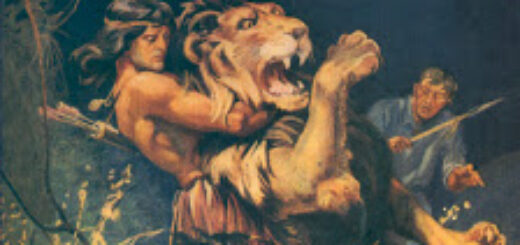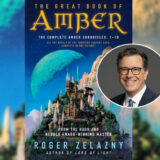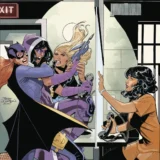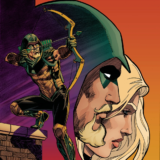Review: ‘Erotic Comics: A Graphic History Vol. 2’
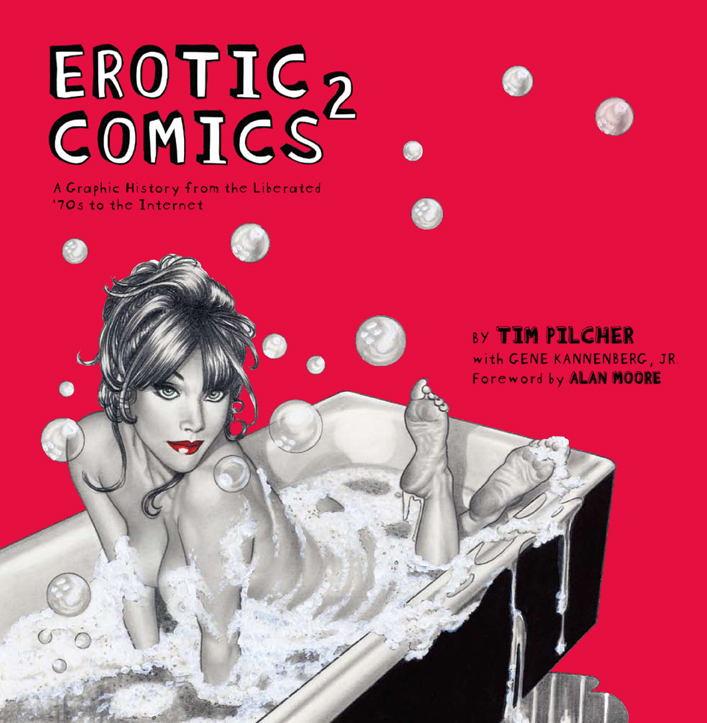 There is sharp divide between erotica and pornography in any media, including comic books. To help draw attention to the former while casting a jaundiced eye at the latter, Britain’s Tim Pilcher has produced two strong volumes entitled Erotic Comics: A Graphic History
There is sharp divide between erotica and pornography in any media, including comic books. To help draw attention to the former while casting a jaundiced eye at the latter, Britain’s Tim Pilcher has produced two strong volumes entitled Erotic Comics: A Graphic History. The first volume, taking readers from the birth of graphic erotica to the underground comix explosion of the 1960s, was reviewed last summer and this spring saw the release of the second volume, which covers the 1970s through today.
Pilcher breaks down the book into five sections — Porn in the USA, Gay and Lesbian Comix, European Erotique, Tits and Tentacles: The Japanese Experience, and Online Comics Eroticism – devoting a spread or two to specific creators or titles. As a result, we see the familiar such as Dave Stevens and Frank Thorne to those deserving of more attention in the states, such as Italy’s Giovanna Casotto, who provided the stunning cover artwork.
He does a good job quickly sketching in biographical details and telling you about the works that make them worthy of inclusion. Each section works in its own chronological order and oddly, the USA section covers the Comics Code, something better left to the previous volume, and largely ignores most mainstream efforts at erotica. Most disappointing was that Vaughn Bode and Phil Foglio were left out since both produced some of the most imaginative and clever erotic comics during their careers. The book relishes the controversies stirred up by someone as mainstream as Howard Chaykin producing [[[Black Kiss]]], or Barry Blair’s descent into porn comics in order to make a living.
The Gay and Lesbian section is strong and shines a light in a corner
little covered by the mainstream, which is a shame since some
intriguing and innovative work has been done with homosexual themes.
Similarly, the European section shows us how sophisticated their erotic
graphic albums could be while paying attention to the craft and the
characters.
The Japanese section nicely breaks down all the
sub-genres from Lolicon to Tentacle Porn and makes us see the subtle
distinctions although more time could have been spent on the
sociological aspects for these comics’ popularity in an extremely
repressed society. But at least they have erotic comics; from what we
can tell from this book, no other Pacific Rim country has any.
Closing
the book with the digital age makes perfect sense and it’s interesting
to see the variety of style and technique employed using new tools. No
doubt, this will be an evolving area that will bear further examination
in the future.
While an eye-opening read, Pilcher could have
tried to tie the five sections together with some historic timeline so
we could get a better sense of which of these creators or titles were
occurring simultaneously. This way, we could watch the global evolution
of the field.
In his introduction, Alan Moore wrote, “If erotica
is to be taken seriously as a field, if it is to thrive and to develop,
then it must become discriminating and show that it has some sort of
standards; be something that we can still respect the morning after.”
Publishers around the world seem to understand this better than
America, where far too often anyone with cash for a printer has churned
out very poor porn, spoiling the field’s reputation and causing the
CBLDF unnecessary headaches. For now, though, this book can serve as a
sampler and a guide to get interested people started.


